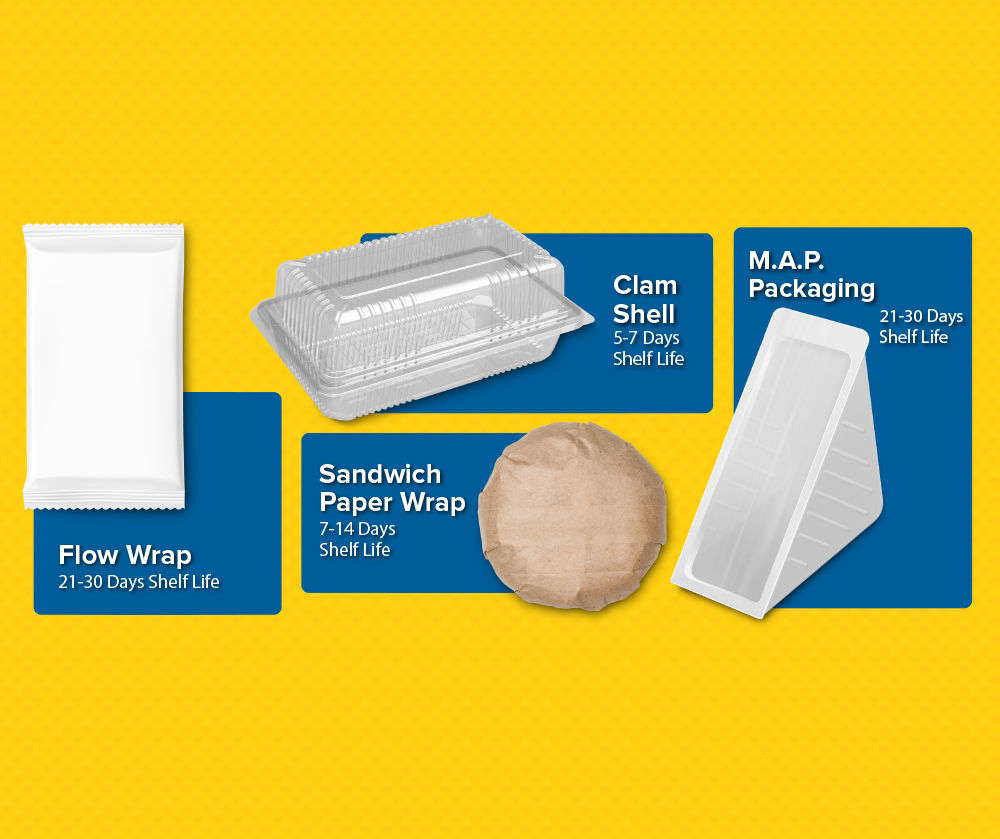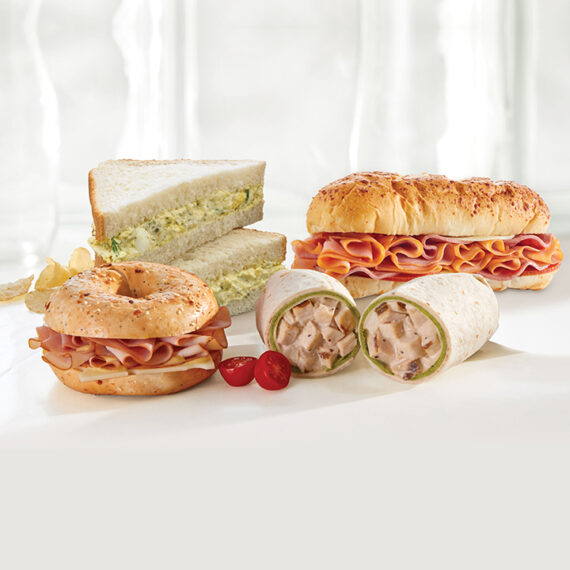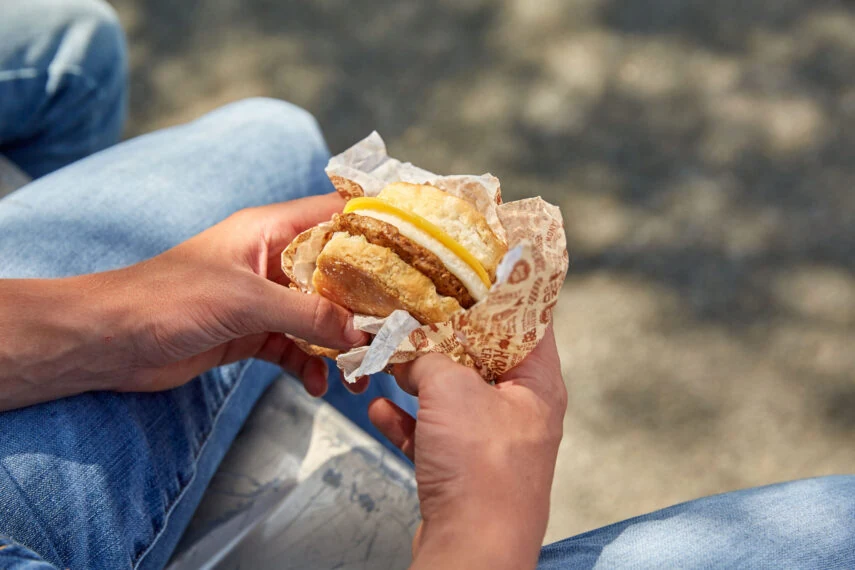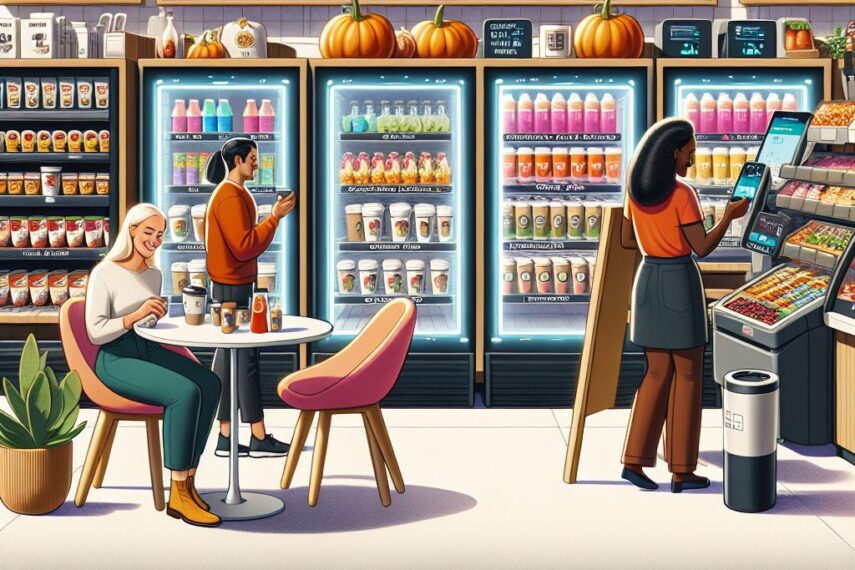
When assessing product mix for a grab-n-go sandwich packaging, shelf-life is often an essential factor when selecting products and their packaging.
Evaluating products based on flavor profile is essential to meeting the needs of consumers. However, one can argue that evaluating the product’s packaging is equally important. When assessing product mix for a grab-n-go section, shelf-life is often an essential factor when selecting products and their packaging. Shelf-life performance has a significant impact on profitability.
Below is an outline of the packaging available for ready-to-eat sandwiches and the shelf life that correlates to each of them.
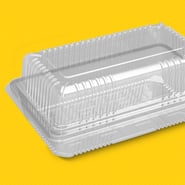
Clam Shell Packaging
In this one-piece container, the two halves are joined together by a hinge that folds over to close. This type of packaging is typically ready-to-use from the packaging manufacturer and can keep the product fresh for up to a 5 to 7-day shelf-life.

Sandwich Wrap Paper
This type of packaging creates branding opportunities by allowing for design printing on one side. Paper wrap is also often grease-resistant and microwave or warmer-friendly in most applications. Available in many sizes with a 7 to 14-day shelf-life paper wrap is an excellent option for various ready-to-eat sandwich packaging.
Note: Some wrap paper is acceptable to microwave if the cooking time is 1 minute or less.
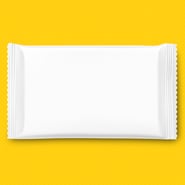
Flow Wrap Packaging
Also referred to as pillow pouch wrapping. This type of packaging wraps the product in a transparent or printed film. (polypropylene is a common film used). Flow wrap packaging can keep the food inside fresh for up to 21 days.
Note: Some flow wrap packaging options like lunch burrito packaging carry a 30-day shelf life.
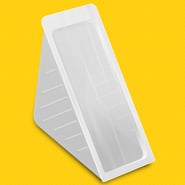
Modified Atmosphere Packaging (M.A.P. Packaging)
Modified Atmosphere Packaging (M.A.P.) extends the shelf life of food products. For sandwiches, the air is evacuated from the package to remove as much oxygen as possible and replaced with other gases, creating a modified atmosphere. The package is heat-sealed with a barrier film to keep the product fresh with minimal preservatives. One of the most significant benefits of M.A.P. packaging is that it can extend the shelf life of ready-to-eat sandwiches up to 30 days.
While a variety of tastes in sandwiches is essential to consumers, it is also important to make sure the sandwiches offered are edible. For this reason, selecting products that use the correct package time for the desired shelf life is critical when considering a store product mix and planogram.

